Riddle Two
Now give these lines a gander
Be you bold enough to try
Find fun, full-fashioned candor
Take care. Some smart cells may fry
On this surface so smooth
In perfect timing we move
Useful when your hair’s in a tussle
Though I own not one single muscle
And, worry not, I won’t label you vain
For, in truth, I can’t lay claim to a brain
Do not think too long, just take one look
At that which reads you, much like a book
(Post your answer in the comment section below)
Haiku
tires do not know
feathered friend from blacktop road
run fast, silly quail
Michelle Tamara Simon was born in Chicago, Illinois and now lives in Scottsdale, Arizona. She writes poetry, essays, short stories and fiction novels. Her first novel, Hear of Malice was published in 2015 under the pen name C Billie Brunson.




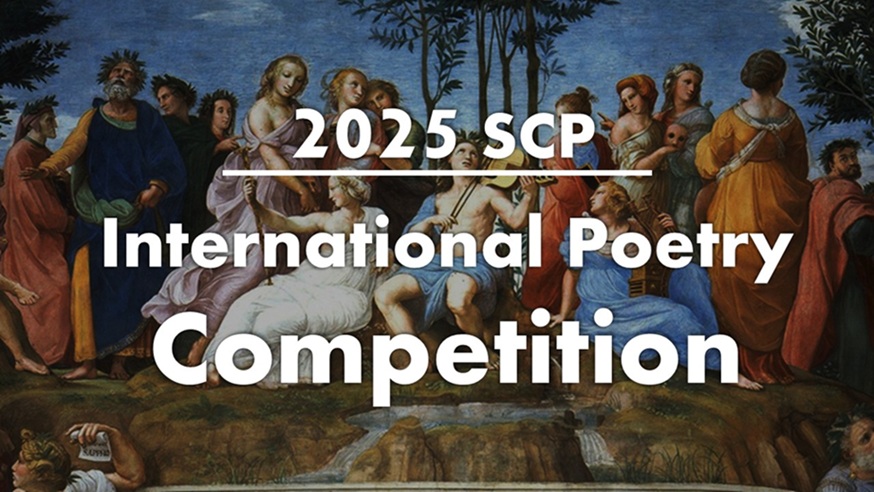
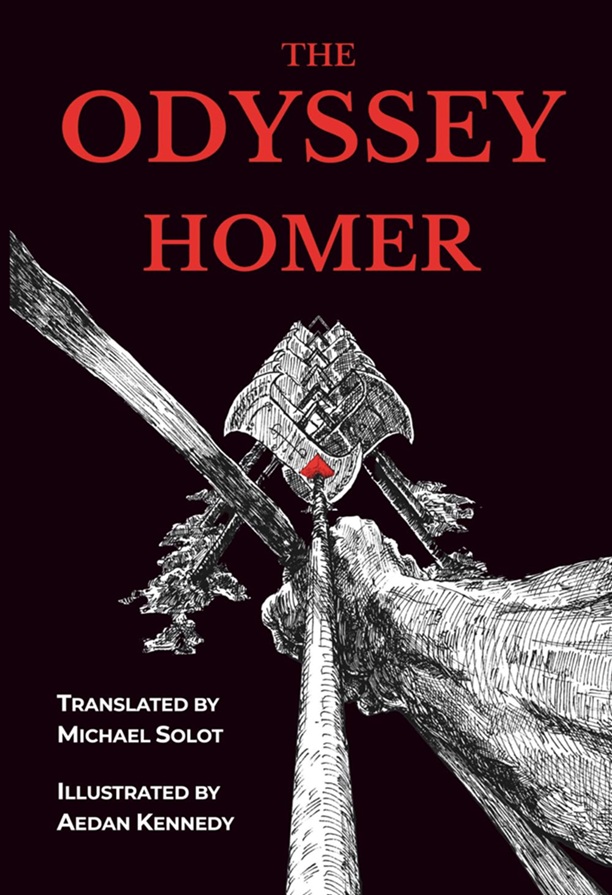

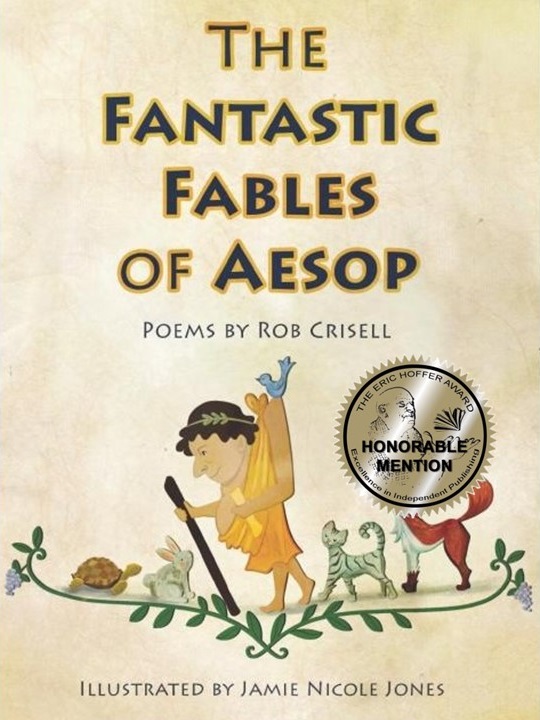
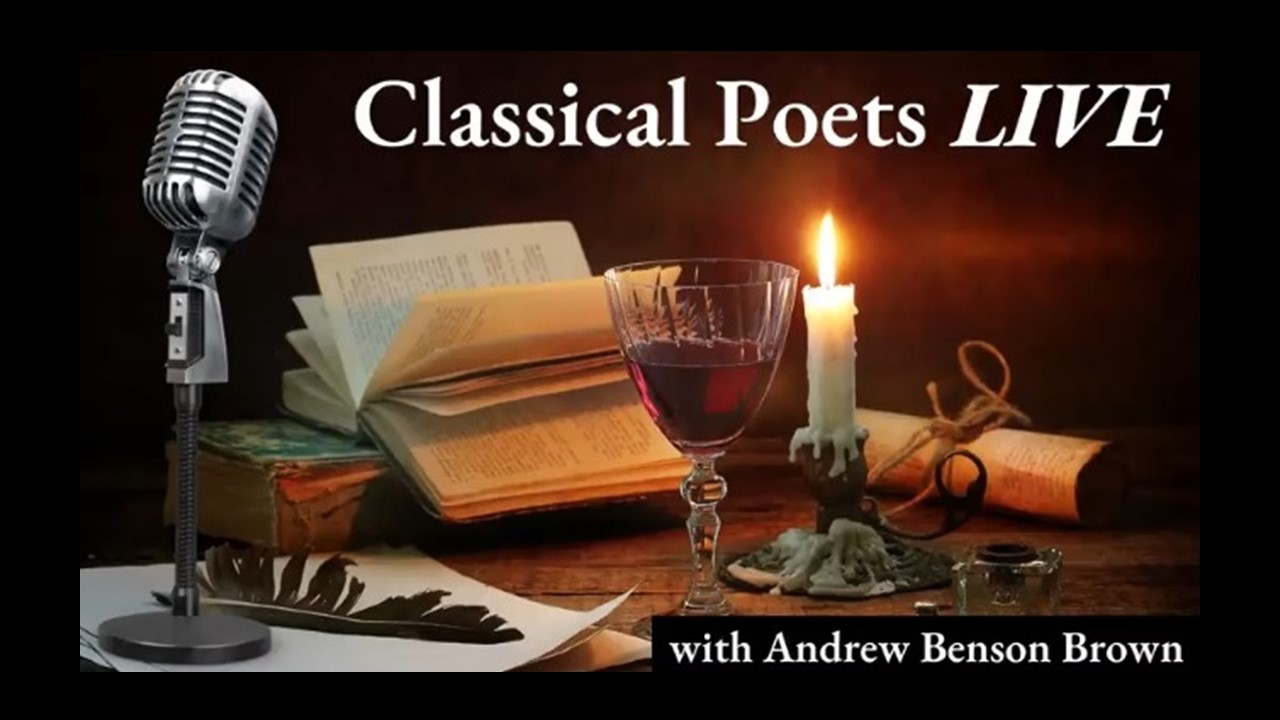

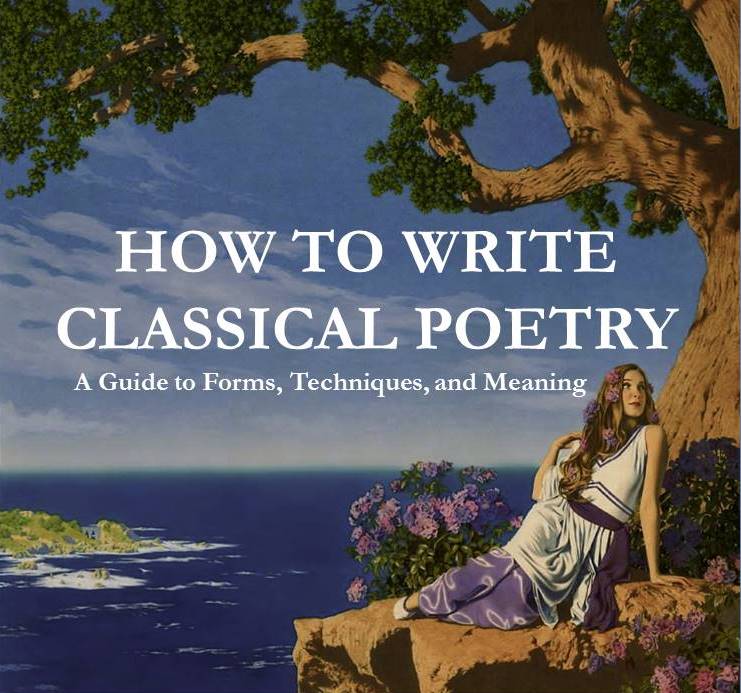




Mirror?
Right you are! Thanks for considering.
I agree with Daniel: mirror. As an aside, even though I dislike much of Plath’s poetry; I think her poem “Mirror” is absorbing, the best on the topic in English.
Your haiku is quite good. It is reminiscent of a haiku by Miura Chora (1729-1780): soko noite/ take uesase yo/ hikigaeru: get out of my way/ and let me plant these bamboos/ big-stout-warty toad.
[My translation of hikigaeru is a bit off. The Japanese word for “toad” is five syllables. I thought about “Bufo japonicus,” which is the common toad in Japan; but the biological Latin misses too.]
It also reminds me of an earlier haiku of “Lice Brews” Ueda: Beside, the highway,/ a little black rabbit sits,/ motionless, quiet.
Nature’s creatures frequently collide with human technology. One of the best examples of that in Postmodern American poetry is William Stafford’s “Traveling through the Dark,” in Postmodern British poetry, Philip Larkin’s “The Mower.”
What I like about your haiku is that it relates to the present time, and brings haiku into our technological era; you also use the imperative, as does Miura Chora. You both show an endearing, slightly humourous annoyance, “silly,” in your haiku.
Thank you, “Wired Clues” Abe. I appreciate the time you put into your comment. It is very insightful. Believe it or not, I only recently learned of the haiku form (back in 2013 while drafting Heart of Malice). An older gentleman by the name of John Daleiden who attended my writer’s workshop used to bring them quiet often (along with tanka, renga, and renku) and, from there, I grew to love the form. And, as always for me, love then grew to practicing.
During my years of public education, in south side Chicago and Gary, Indiana, poetry, in general, was taught as more of an afterthought-with some skeletal exposure to William Shakespeare. Others were, e e cummings, Langston Hughes, Maya Angelou and the like. In any case, that little taste was, thankfully, enough to get me hooked to the art.
As for haiku, beside exposure to John’s poetry I’ve only learned on my own about Basho, Buson and Issa. So you taught me something here. Thank you.
BTW, “Mirror” is the correct answer to the riddle.
I vote “mirror”. So far, it’s unanimous!
Correct!